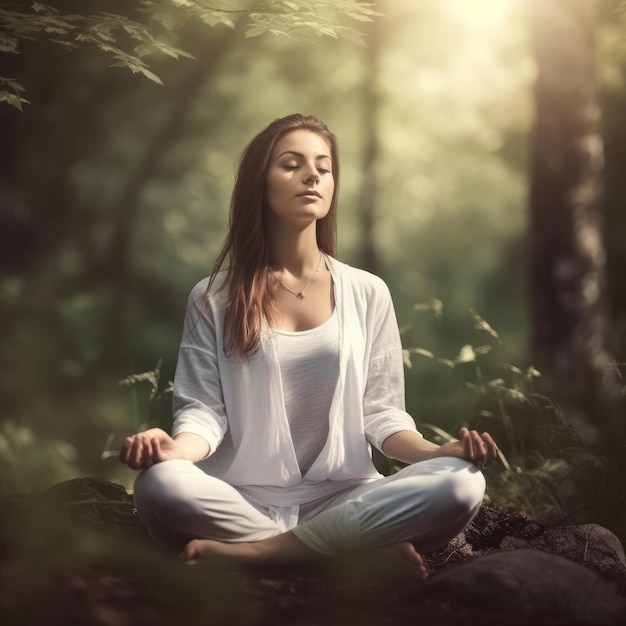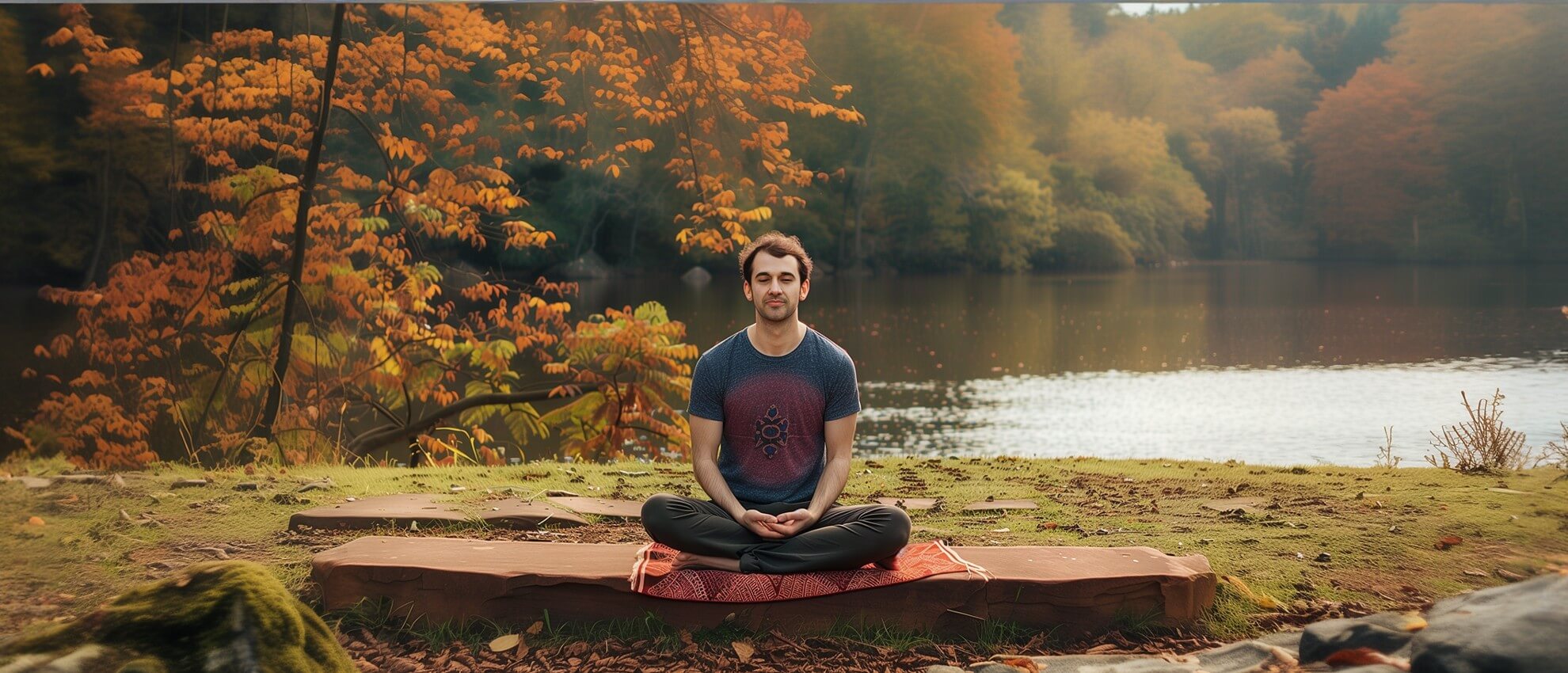How to Meditate? Understanding Mindfulness for Everyday Life
How to Meditate? Understanding Mindfulness for Everyday Life
Blog Article
Exactly How to Meditate: A Step-by-Step Technique to Getting Mindfulness and Calm
Reflection offers as an effective device for accomplishing mindfulness and psychological calmness in a hectic world. By comprehending the essential principles and methods involved in meditation, people can cultivate a method that enhances their overall well-being.
Understanding Meditation
Recognizing reflection includes realizing its basic concepts and methods, which act as the foundation for the technique. At its core, reflection is a psychological exercise aimed at advertising leisure, developing internal energy, and creating concern and understanding. The method encourages people to concentrate their attention, frequently through strategies such as deep breathing, visualization, or concept repeating.
Meditation can be classified right into various designs, consisting of mindfulness, transcendental, and loving-kindness meditation, each with distinct objectives and techniques. Mindfulness meditation emphasizes present-moment recognition and non-judgmental monitoring of thoughts and sensations, while transcendental reflection includes using specific mantras to go beyond normal mind. Loving-kindness meditation concentrates on developing a perspective of love and empathy towards oneself and others.
No matter the technique used, the primary goal continues to be consistent: to grow a deeper understanding of the mind and its patterns. This self-awareness promotes emotional durability, clarity of thought, and a profound feeling of calm (How to meditate?). By comprehending these strategies and principles, people prepared for a successful reflection practice that can dramatically improve their total wellness
Planning For Your Method
Prior to starting your meditation method, it is necessary to produce a setting conducive to concentrate and relaxation. Select a peaceful area where you are not likely to be disturbed. This could be an edge of an area, a garden, or any location that stimulates a feeling of peace. Guarantee that the location is tidy and free of mess, as a tidy environment can assist remove the mind.
Think about the illumination, as natural light can improve your mood and energy. Soft, warm illumination is commonly a lot more relaxing than rough fluorescent lights. In addition, pick a comfy temperature level, ensuring that you are neither too warm neither also chilly.
Including components that promote peace can even more improve your experience. This could consist of soft cushions or coverings for convenience, along with soothing fragrances from necessary oils or incense. It can likewise be advantageous to have a timer established for your reflection session to avoid disturbances from clock-watching.
Fundamental Meditation Techniques

An additional effective method is body check meditation. This involves psychologically checking your body from head to toe, noticing any type of locations of tension or discomfort and knowingly loosening up those muscles. This method promotes a much deeper link in between your mind and body.

Lastly, loving-kindness reflection concentrates on growing empathy towards on your own and others. Quietly repeat expressions of a good reputation, enhancing psychological wellness and interconnectedness. Each of these strategies works as a foundation for your reflection journey, enabling you to find the approach that resonates ideal with your personal technique.
Preserving Emphasis and Mindfulness

Establishing a specialized reflection area can improve the capability to keep mindfulness. A use this link peaceful, minimalist environment decreases diversions, enabling deeper immersion in the technique. Additionally, setting a time restriction can aid take care of assumptions; beginning with much shorter sessions might relieve the change into longer techniques.
Using methods such as body scanning or observing experiences can also reinforce mindfulness. These methods urge experts to stay present and engaged with their physicality, anchoring their attention in the moment. Regular practice is vital; the mind constructs durability with time, creating a stronger capacity for focus.
Incorporating Meditation Into Every Day Life
Incorporating meditation right into daily life can transform regular activities right into possibilities for mindfulness and self-reflection. By integrating mindfulness practices into typical jobs, people can grow a better feeling of presence and harmony amidst the busyness of daily life.
Begin by identifying minutes throughout your day where you can stop briefly and exercise mindfulness. Throughout your morning commute, emphasis on your breath or the experiences of the atmosphere around you. In the kitchen, approach food preparation as an introspective method, enjoying the textures, colors, and aromas of the active ingredients. Even mundane tasks like cleaning recipes or walking can come to be possibilities for reflection by directing your attention to the Clicking Here experiences of movement and the noises bordering you.
Furthermore, establishing aside committed times for reflection can reinforce its technique. Start with short sessions, progressively boosting period as you end up being more comfortable. Usage pointers or cues-- like a specific time of day or a calming audio-- to establish consistency.
Inevitably, the goal is to weave mindfulness right into the fabric of day-to-day live, enabling you to approach each minute with intent, thus boosting your total feeling of wellness and clarity.
Final Thought
In final thought, efficient meditation calls for a quiet setting, a comfortable position, and an emphasis on the breath. Routine meditation, also in quick sessions, promotes a much deeper link to the present moment, inevitably leading to higher calm and psychological clarity in daily life.
Meditation can be categorized right into different designs, consisting of mindfulness, transcendental, and loving-kindness meditation, each with distinctive purposes official website and approaches. Mindfulness reflection stresses present-moment understanding and non-judgmental observation of thoughts and sensations, while transcendental reflection includes the usage of particular rules to go beyond regular thought processes.With your meditation room prepared, it's time to explore various basic meditation techniques that can aid grow mindfulness and internal peace.Continually preserving emphasis and mindfulness during reflection can be challenging, specifically for those new to the method.Establishing a committed meditation area can boost the capacity to preserve mindfulness.
Report this page